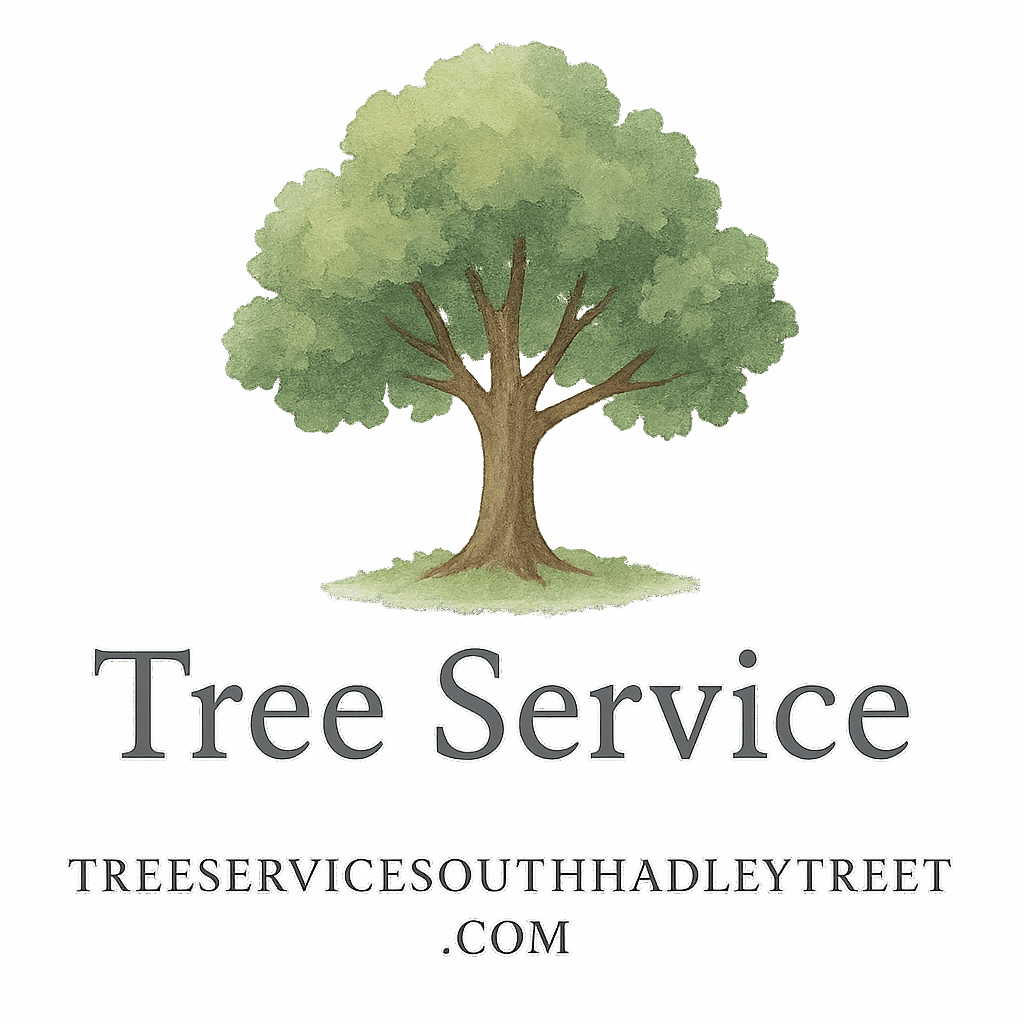Why Tree Prep Before Hurricane Season Matters
When a hurricane barrels in, your trees can either shield your property—or destroy it. If you’re like most homeowners, you may not think about your trees until one crashes through your roof. But here’s the deal: the earlier you prepare, the fewer headaches you’ll have later.
The Impact of Hurricane Winds on Trees
Think of hurricane winds as nature’s stress test. Trees that aren’t structurally sound? They’re the first to snap, uproot, or toss limbs like javelins. That’s why proactive tree care before the season kicks off is a no-brainer.
Common Tree Hazards During Storms
Some common culprits of storm-related damage include:
- Overgrown branches
- Dead or hollow trunks
- Root damage
- Unbalanced canopy weight
Now let’s dig into the 7 essential steps to prepare your trees for hurricane season.
Step 1: Evaluate Tree Health
Healthy trees are more resilient to storms. Unhealthy ones? They’re basically ticking time bombs.
Spot the Signs of a Weak Tree
Before hurricane season, grab a notepad and take a walk around your yard. Keep an eye out for:
Dead or Dying Limbs
These are the first to go in high winds. If you spot large, brittle limbs, it’s time for a trim or removal.
Fungal Growth and Root Rot
Mushrooms around the base of your tree could signal internal decay. Root rot weakens the tree’s stability—a major concern when facing hurricane-force winds.
Link to Expert Help
Don’t want to gamble? Get a professional assessment from your local experts. Check out Tree Health & Safety for signs to look for and when to call for help.
Step 2: Remove Hazardous Trees
Sometimes, no amount of TLC can save a tree. If a tree poses an imminent threat, removal is your safest bet.
Trees Too Close to Homes or Power Lines
If a tree leans toward your house or touches power lines, it’s officially a liability.
When Tree Removal is the Only Option
Tree removal might seem drastic, but in many cases, it’s the most responsible move. Read more about smart Tree Removal & Trimming before disaster strikes.
Step 3: Tree Trimming and Pruning
This one’s a biggie. Pruning your trees strengthens them and minimizes wind resistance.
Why Trimming Reduces Storm Damage
Thinning out crowded branches allows wind to pass through more easily. It also prevents weak limbs from turning into missiles.
How to Prune Like a Pro (or Hire One)
Light pruning you can do yourself. But for larger limbs, always hire pros. Learn the Tree Service Basics to understand when to DIY and when to call in help.

Step 4: Secure Loose Landscape Elements
It’s not just trees that cause storm chaos—your garden gnomes and yard furniture could become airborne.
Tidy Up the Yard Before the Storm Hits
Make sure all tools, furniture, and toys are stored securely.
Stake Young or Vulnerable Trees
Newly planted or thin-trunked trees should be staked properly. This keeps them from bending or breaking in strong winds.
Step 5: Schedule Preventive Maintenance
Routine tree care shouldn’t be a seasonal scramble. Regular upkeep means less stress when a hurricane looms.
Tree Maintenance Checklist
Need help planning ahead? Use this Tree Maintenance Checklist to guide your pre-season prep.
Timing Tree Service Appointments
Book early. Crews get busy as storms approach. Early birds get peace of mind.
Step 6: Emergency Tree Services Plan
Sometimes, despite your best efforts, nature still wins. That’s why you need a plan B.
Know Who to Call Post-Storm
Don’t wait until your tree crashes to start Googling. Save contact info for Emergency & Seasonal Tree Services.
Fast Response Saves Property
Rapid removal prevents further damage. Learn more about Storm Damage Recovery and how emergency crews can help you recover fast.
Step 7: Budgeting for Tree Services
Don’t let cost keep you from preparing. Budgeting now can save thousands later.
Understanding Tree Service Costs
Prices vary based on tree size, location, and service type. Visit Tree Service Costs & Hiring Guide to understand what affects the bill.
Getting Quotes and Comparing Services
Always get a few quotes, ask questions, and compare services for both value and expertise.
Working With Tree Service Professionals
Hiring the right people makes all the difference.
Questions to Ask Before Hiring
Check references, ask about insurance, and confirm hurricane-specific experience. The Hiring Guide has a list of top questions to ask.
Seasonal Tree Service Expertise
It’s not just about pruning—pro experts understand Seasonal patterns and how trees respond to stress throughout the year.
Final Thoughts on Hurricane-Ready Trees
Preparing your trees isn’t just smart—it’s essential. These 7 tree service prep steps can protect your home, your wallet, and your peace of mind. Start early, get expert help, and be ready before the next storm rolls in.
Visit Tree Service South Hadley TNT ETS for year-round tree care, emergency help, and tips from local professionals who know South Hadley’s storm risks inside and out.
FAQs
1. How early should I prepare my trees for hurricane season?
Ideally, start tree inspections and maintenance 2–3 months before hurricane season begins to ensure service availability.
2. What types of trees are most vulnerable during hurricanes?
Shallow-rooted trees like pines and trees with heavy canopies like oaks are more susceptible to falling.
3. Can trimming a tree prevent it from falling?
Yes! Proper trimming reduces wind resistance and removes weak limbs, significantly lowering the risk.
4. Should I remove a healthy tree if it’s near my house?
Not always, but if it leans toward your home or has root issues, it’s best to consult a professional.
5. What’s the average cost of hurricane tree prep?
Costs range from $150 to $1,500 depending on tree size and services needed. Get multiple quotes for comparison.
6. How do I know if a tree has root rot?
Look for mushrooms at the base, soft ground, and yellowing leaves. Read more on Tree Health.
7. Who should I call if a tree falls after a storm?
Contact a local emergency tree service immediately to safely handle removal and damage control.


